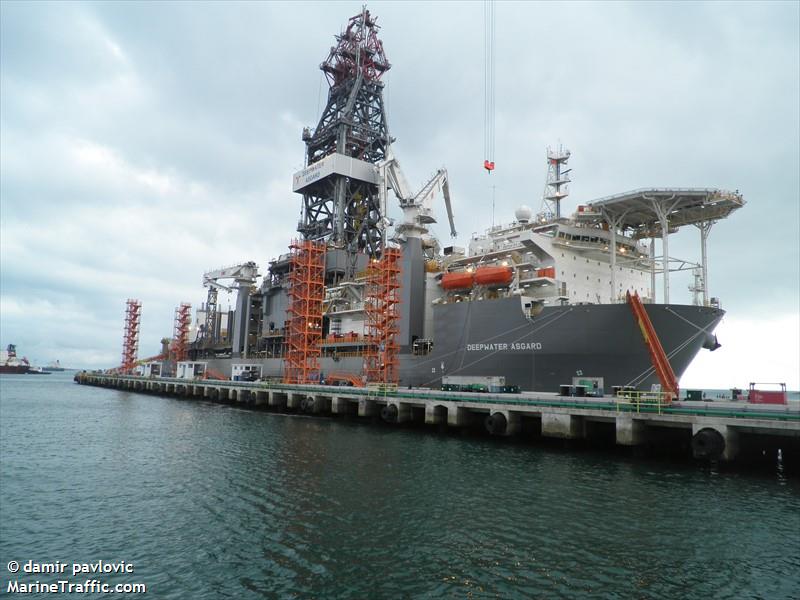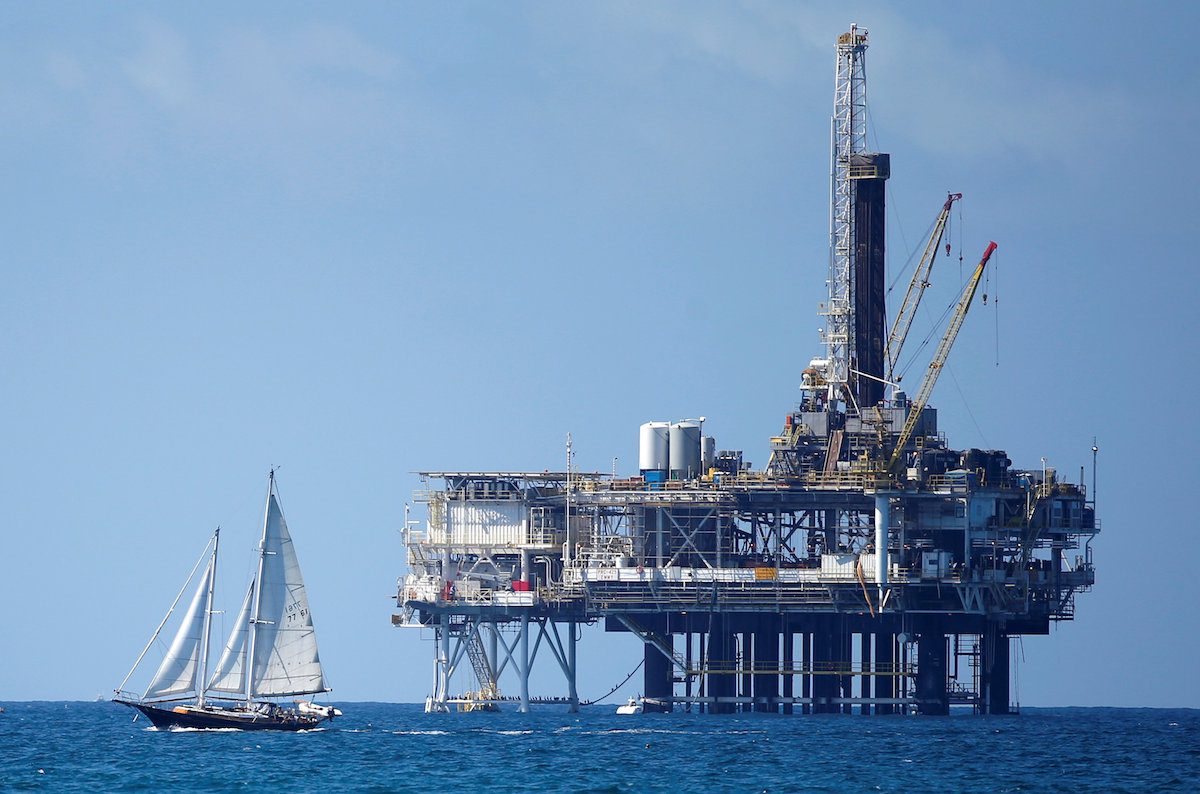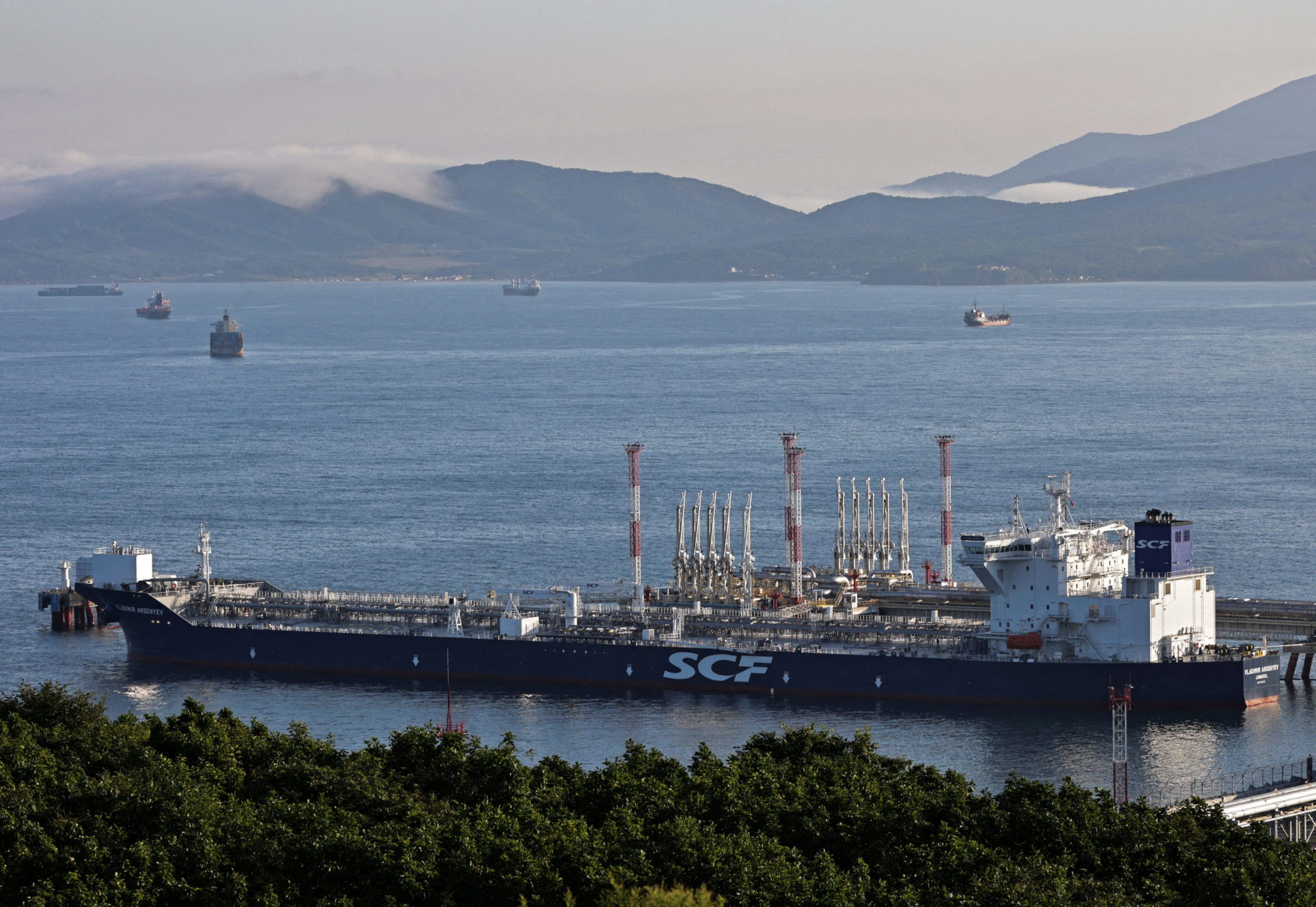The U.S. Bureau of Safety and Environmental Enforcement (BSEE) has released findings from its investigation into a serious weather-related accident on board the Transocean drillship Deepwater Asgard last fall.
The ultra-deepwater drillship sustained major damage on October 28, 2020, after failing to evacuate ahead of Hurricane Zeta during drilling operations in 5,594 feet of water in the Gulf of Mexico. Damage was estimated at $5.7 million, but there was no pollution or injuries reported.
While forecasts predicted that Hurricane Zeta would pass east of the Asgard, the drillship took a direct hit from the hurricane with sustained 90 to 100 miles per hour winds, equivalent to a strong Category 1 and Category 2 hurricane, and seas up to 30 feet. A peak wind gust on the derrick was even clocked at 152 mph.
According to the report, the weather forced the drillship into the “red watch circle,” a term for the maximum deviation the riser can withstand while still attached to the subsea blowout preventer. This activated the Emergency Disconnect System (EDS), releasing the subsea Lower Marine Riser Package (LMRP) from the blowout preventer and allowing the vessel detach from the well.
Although the process was ultimately successful and the well secured, the marine riser and LMRP sustained significant damage as the wind pushed the drillship with its thrusters at 100 percent power.
“The marine riser was damaged when it hit the wave breaker in the moon pool and shortly thereafter the Asgard passed over a ridge of shallower water and the LMRP struck the seafloor, dragging it thru the mud. After traveling approximately 2.5 nautical miles, the Asgard began to maneuver back to the safe zone. The LMRP struck the seafloor for a second time before reaching its destination,” the report said.
Ultimately human error was the culprit. As the BSEE report notes, the day before the storm, as Tropical Storm Zeta strengthened into a hurricane and entered the Gulf of Mexico with the Asgard in its projected path, there was conference call held between the well operator, BOE Exploration and Production (BOE), and Transocean. It was during this call that “Transocean elected to stay connected to the well because previous sister drillships in similar conditions (Category 1 Hurricane Conditions) rode out storms without issues,” the report said.
BSEE stated that the probable cause of the accident was “an inaccurate weather forecast, with a key contributing cause being the human error decision to stay latched to the well to attempt to ride out the hurricane.”
Read the BSEE Accident Investigation Report
In order reduce the likelihood of similar incidents in the future, the BSEE in March issued Safety Alert 415 which included several recommendations to offshore operators and contractors. In the accident investigation report just released, BSEE included recommendations specific to BOE and Transocean. They are listed below:
In the future, if a storm is projected to reach sustained winds equal to or greater than a category 1 Hurricane, BOE will recommend to its rig contractor that they should secure the well, displace the riser to seawater, disconnect from the well and pull a specified length of riser from the water column, and proceed to a secure location. BOE will also modify rig contract requirements for each well location to state between June 1st and December 1st that the contractor must perform a riser, BOP, and tensioner system analysis for a category 1 Hurricane. BOE plans to compare the projected versus actual weather conditions of Hurricane Zeta and review with their weather service provider to eliminate any future conflicting information.
Transocean will revise their Extreme Weather Evacuation Plan (EWEP) to ensure they meet all internal and external requirements regarding operational limits. Transocean will request bathymetry maps to give the rig teams a clear understanding of what hazards are present when proceeding to the rig’s safe zone. BOE has modified their Hurricane Evacuation Plan to include a risk assessment and evaluation for barrier installation and testing, considering the time available prior to the arrival of tropical force winds.
As we reported previously, multiple crew members on the Asgard have sued Transocean and BOE over the incident, claiming the companies were negligent and Deepwater Asgard was unseaworthy. Read our earlier report on this: Lawsuit Sheds Light on Serious Drillship Incident in Gulf of Mexico During Hurricane Zeta

 Join The Club
Join The Club











